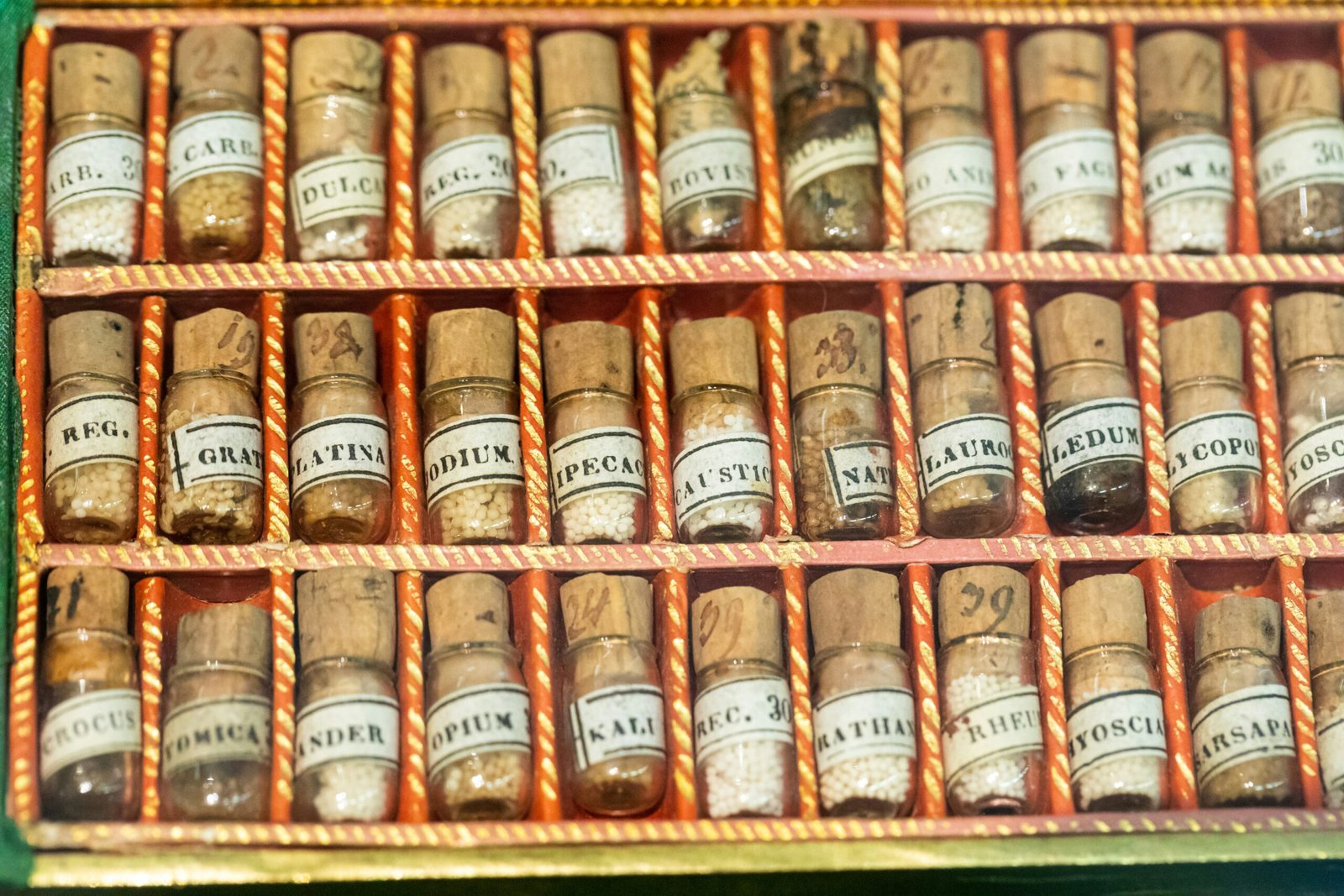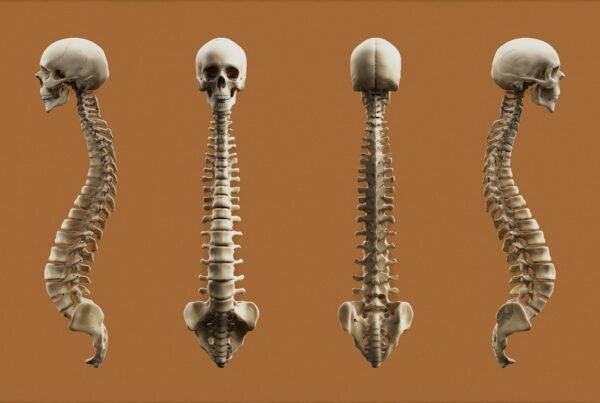Homeopathy, meaning “similar suffering” in Greek, is a philosophy of healing that has existed since ancient times. Only in the last two hundred years has the idea of “similia similibus curentur” (like cures like) been developed into an organised system which is now used throughout the world with great success. The history of homeopathy is examined in detail in the following essay. In this essay, I will examine homeopathic philosophy itself and how it has influenced my own understanding of health and disease.
The practice of homeopathy, as developed by Samuel Hahnemann in the 18th century, is built upon four fundamental principles. These are:
1. The Law of Similars (like cures like)
This is the foundational principle of homeopathy, which was in existence long before Hahnemann begun to develop the system of homeopathy as it is today (Williams, 2011). The Law of Similars states that any substance that generates symptoms of dis-ease in a healthy person is also capable of curing those symptoms.
2. Law of the Single Remedy
The second principle of homeopathy is called the Law of the Single Remedy and states that only one remedy should be used at any one time. The reason for this is that if multiple remedies are prescribed, or indeed, if homeopathy is being used alongside certain other therapies, it would not be possible for the homeopath to be sure what is causing the subsequent changes in the patient, for better or worse. This makes case management difficult as it is not easy to determine if the remedy is working or if it should be changed. Furthermore, each homeopathic remedy is “proved” in isolation, so one cannot be sure of the effects that should be expected if multiple remedies are combined without the thorough investigative work that goes into a full proving (Castro, 1990). On the topic of this Law of Homeopathy, it is interesting to observe that the vast majority of patients of allopathic mainstream medicine are prescribed several pharmaceutical medicines at once. Like homeopathic provings, these pharmaceutical drugs are also only tested for their effects when taken in isolation. Considering the prevalence of this polypharmacy, the allopathic medical community would do well to consider this principle from their much maligned cousin.
3. Law of the Minimum Dose
The great physician and alchemist known as Paracelsus wrote several hundred years before Hahnemann that “only the dose makes the poison” (Lockie, 1995). Hahnemann himself experimented extensively with respect to dosage and dilutions of medicine. After reaching an understanding of the Law of Similars, he attempted to dilute the remedies further and further in order to achieve the healing effect desired without over-action and aggravation of the symptoms he sought to cure (Bellavite, 2002, Sharma, 2019). The validity of this idea was confirmed later in the 18th century by the Arndt-Schulz Law, also known as the theory of reverse effect, which became an accepted pharmacological principle (Williams, 2011): “weak stimuli excite physiological activity, moderately strong ones favour it, strong ones retard it, very strong ones arrest it” (Heiby, 1988). The stimulation referred to here is a stimulation of the patient’s vital force, which we will examine shortly. Homeopathy therefore aims to give the minimum dosage required in order to induce a positive change in the patient (Morrish, 2020).
During his work to further and further dilute his remedies, Hahnemann at first found that the medicinal effect was also lost at low concentrations. He developed a technique, known as succussion, which involves the application of kinetic force (in Hahnemann’s case this was achieved by repeated hitting of the bottle on a leather bible). Hahnemann believed that this somehow released/imprinted the energetic information of the remedy onto the newly diluted water/alcohol solvent (Castro, 1990) and “potentised” the remedy, thereby facilitating the development of extremely low concentrations. Counterintuitively, the low concentrations present in these ultra-diluted remedies are understood to be of a higher “potency” and thus can more powerfully affect the patient at a deeper level.
The Law of Minimum Dose is best exemplified by the use of toxic metals like mercury and arsenic in homeopathy. While either of these metals can cause death or at least serious illness when ingested, the tiny potentised doses given in homeopathy have been demonstrated to cure the symptoms that the larger doses cause (before death has occurred of course!) (Murphy, 2000).
This Law not only applies to the concentration of the remedy, but also the quantity and frequency of application. As Hippocrates stated, “To do nothing is sometimes a good remedy”. Homeopathy understands through hundreds of years of observation that it is the vital force of the patient that does the healing and that, after providing an initial stimulation, an attempt should be made to let the process play out without confusing the body with excesses of stimuli until the natural process of the vital force has run its course and further intervention is called for (Morris, 2000).
4. Hering’s Law of Cure
Hering’s Law of Cure was proposed by the homeopath Constantine Herring as a result of a lifetime of observation and homeopathic practice. The Law described how symptoms progress during the process of the deepening of a disease and its true cure and states that, as someone is cured, symptoms move from the inner to the outer, from the top of the body to the bottom, from the most vital organs to the least important and in the reverse order of which they appeared (Castro, 1990).
This Law is of paramount importance to the practicing homeopath and also to any practitioner who works holistically to reverse the course of a disease as opposed to suppressing the currently manifesting symptoms. Hering’s Law allows practitioners to determine whether a disease is moving in the direction towards complete cure or towards greater suppression. Thus, when new symptoms appear during the course of the treatment, through the lens of this Law practitioners are able to know if their treatment is working or whether something needs to be changed and thereby also to reassure and illuminate their clients regarding what is happening within their body.
This concept has been explored in great detail by the eminent homeopath George Vithoulkas in his book The Science of Homeopathy (2014). Vithoulkas proposed a system to combine the physical, emotional and mental bodies and their symptom complexes in a way that allows practitioners to understand the progress of cure through the different levels of disease possible across these three layers of the individual. While the emotional symptoms resonate at a deeper level than the physical, and the mental even deeper still, Vithoulkas explains how symptoms may fluctuate between different levels of being on their way to a deepening of disease or towards cure. By understanding the seriousness of each symptom, through a reference to the depth of the organ or function affected, one can determine through Hering’s Law of Cure in which direction the client is progressing and alter the treatment accordingly. This deeper exploration of Hering’s Law offers a valuable tool to the practitioner.
Vital Force
At the root of the philosophy of homeopathy is the all-important vital force. Many orthodox practitioners struggle with this concept since it is not easily measurable with modern scientific equipment. However, our understanding of the vital force has a long history, easily traceable back to Paracelsus and Galen, and present within all ancient healing traditions including Ayurveda (Ojas), Chinese medicine (Jing), Tibetan medicine (Dhang) and Unani medicine. At a basic level, the vital force could be understood as the difference between a body that is unconscious and one that is dead – it gives life to the body. However it is much more than that. The vital force is often likened to the immune system but in reality it is the unconscious organising force behind all of our bodily functions. The vital force is constantly working in the background to maintain healthy homeostasis despite the various influences affecting the body. It is the vital force which stimulates healing – not any medical intervention. When a chronic disease state exists, this vital force is often diminished – exhausted after a failed series of efforts to bring the body back into balance. Thus, the aim of homeopathy and naturopathy in general is to stimulate and assist this vital force in order to effect the desired healing of the body, working with natural laws rather than against them in the form of suppression, which can only lead to greater suffering.
References
Bellavite, P, Signorini, A, 2002, The Emerging Science of Homeopathy, page 11, North Atlantic Books, California, USA
Castro, M, 1990, The Complete Homeopathy Handbook: A Guide to Everyday Health Care, pages 5, 12, 15, Macmillan, London, UK
Heiby, W, 1988, The Reverse Effect, page 70, MediScience Publishers, Deerfield, Ill., USA
Lockie, A, Geddes, N, 1995, Homeopathy: The Principles and Practice of Treatment, page 10, Dorking Kindersley, London, UK
Morris, Mo, 2020, Homeopathy: Hippocratic Medicine, page 42-3, The School of Health, Stroud, UK
Murphy, R, 2000, Homeopathic Remedy Guide, pages 244-247, HANA Press, Blacksburg, VA, USA
Sharma, M, 2019, School of Health Naturopathy Course Notes, Homeopathy Module, page 65, The School of Health, Stroud, UK
Vithoulkas, G, 2014, The Science of Homeopathy, International Academy of Classical Homeopathy, New York, USA
Williams, L, 2011, Radical Medicine, page 413, Healing Arts Press, Vermont, USA





